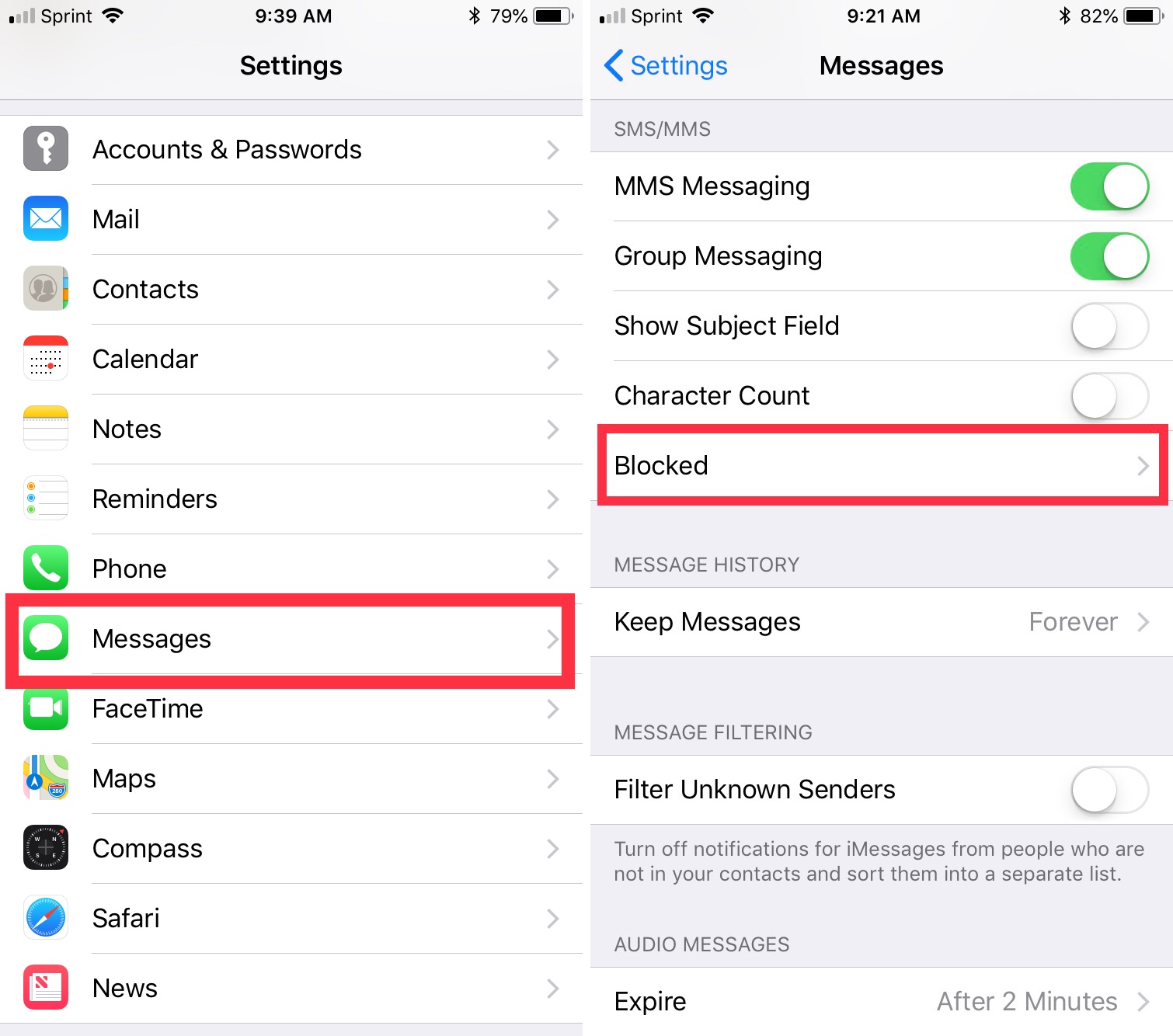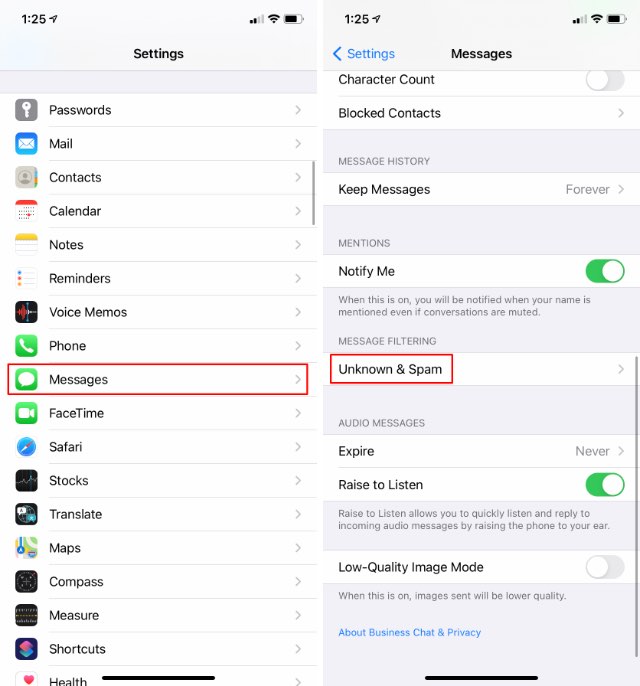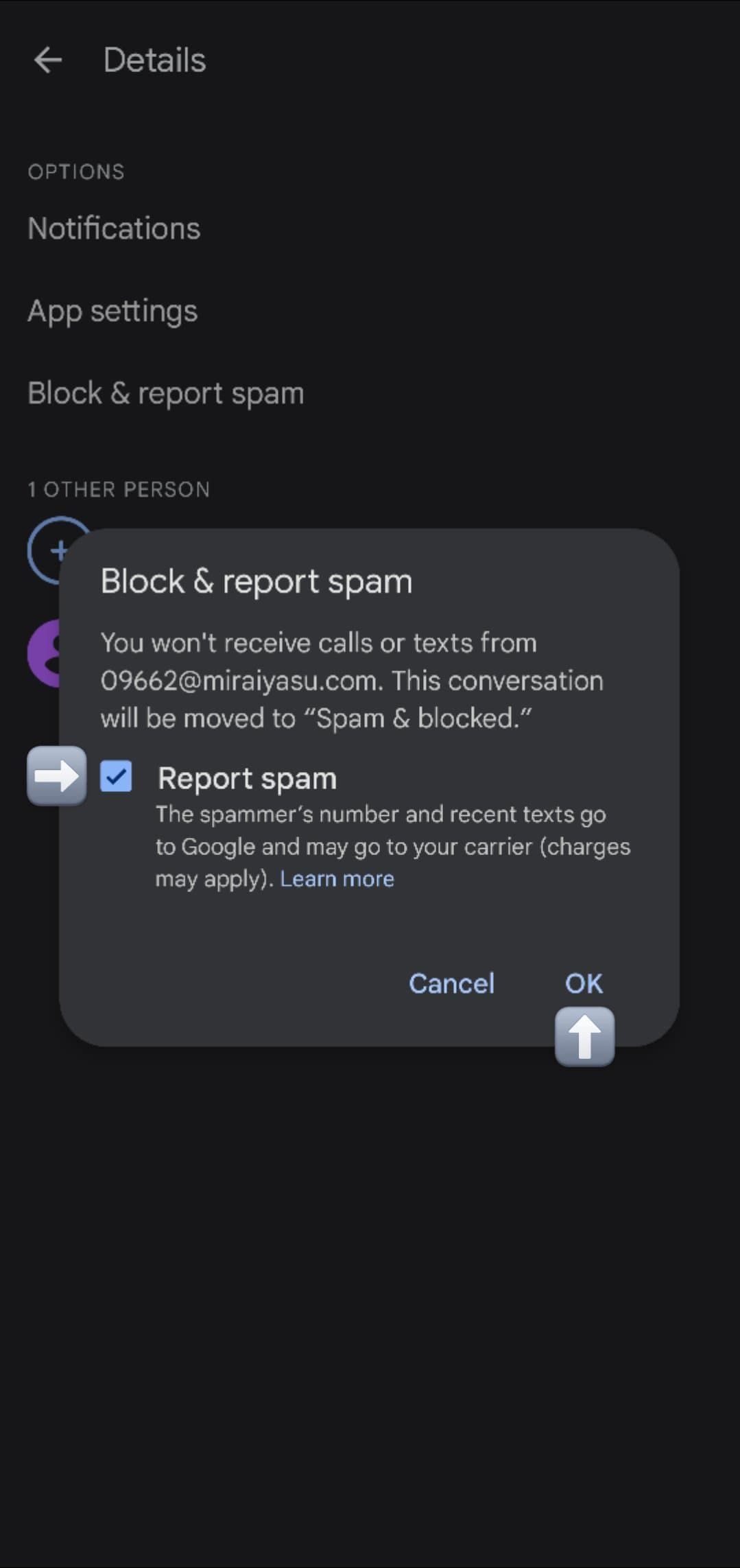How To Block Text

Blocking text is a technique used in various fields, such as design, typography, and even in the performing arts, to create visual or artistic effects. It involves the strategic placement and arrangement of text to achieve a specific purpose or convey a particular message. In this comprehensive guide, we will explore the different methods and considerations for blocking text effectively.
Understanding the Purpose of Text Blocking

Text blocking serves multiple purposes and can be applied in diverse contexts. Here are some key reasons why text blocking is employed:
- Visual Emphasis: Blocking text allows designers and artists to draw attention to specific words or phrases, making them stand out and capture the viewer's focus.
- Layout and Composition: By arranging text in a blocked manner, designers can create visually appealing layouts, ensuring a balanced and harmonious composition.
- Storytelling and Performance: In the performing arts, text blocking is used to choreograph the movement and delivery of lines, enhancing the storytelling experience and stage presence.
- Information Hierarchy: Blocking text helps establish a clear hierarchy of information, ensuring that the most important elements are easily accessible and comprehensible.
- Visual Aesthetics: Text blocking can add an artistic touch to designs, posters, or even signage, making them more visually appealing and memorable.
Methods for Blocking Text

There are several techniques and tools available for blocking text effectively. Let's explore some of the most common methods:
1. Typeface and Font Selection
The choice of typeface and font plays a crucial role in text blocking. Different fonts have varying characteristics, such as weight, height, and style, which can impact the overall visual impact. Consider the following when selecting fonts:
- Readability: Choose fonts that are easy to read, especially when used for large blocks of text. Serif fonts, like Times New Roman, are known for their legibility.
- Visual Appeal: Opt for fonts that align with the desired aesthetic. For a modern look, sans-serif fonts like Arial or Helvetica can be a good choice. For a more classic or elegant feel, consider fonts like Georgia or Garamond.
- Contrast: Ensure that the font color contrasts well with the background. High contrast makes the text more visible and easier to read.
2. Text Alignment and Justification
The alignment and justification of text can significantly impact its visual appearance. Here are some considerations:
- Left Alignment: Left-aligned text is the most common and natural choice for Western languages. It creates a clean and organized appearance, making it easier to follow the flow of the text.
- Center Alignment: Center-aligned text is often used for titles, headings, or short blocks of text. It adds a sense of balance and symmetry to the design.
- Right Alignment: Right alignment is less common but can be effective for creating a unique visual effect. It is sometimes used for special emphasis or to align with specific design elements.
- Justified Alignment: Justified text aligns both the left and right margins, creating a clean and structured look. However, it can sometimes lead to uneven spacing between words, so it is essential to ensure proper kerning and tracking.
3. Line Length and Spacing
The length of each line of text and the spacing between lines can greatly influence readability and visual appeal. Here are some guidelines:
- Line Length: Aim for a line length that is comfortable for readers. Generally, lines that are too long can be difficult to follow, while lines that are too short may disrupt the flow of reading. A good rule of thumb is to keep line lengths between 45 and 75 characters, including spaces.
- Line Spacing: Adequate line spacing, also known as leading, ensures that the text is easily readable. The optimal line spacing depends on the font size and style. As a general guideline, aim for a line spacing that is approximately 1.2 to 1.5 times the font size.
4. Text Wrapping and White Space
The way text wraps around other elements and the use of white space can enhance the visual impact of blocked text. Consider the following:
- Text Wrapping: When text wraps around images or other design elements, ensure that it flows naturally and does not disrupt the overall composition. Use soft returns or manual line breaks to control the flow of text.
- White Space: White space, or negative space, is an essential design element. It provides breathing room for the text and helps guide the reader's eye. Use white space strategically to create a sense of hierarchy and balance in your text blocking.
5. Typographic Elements
Various typographic elements can be used to enhance the visual appeal and emphasis of blocked text. These include:
- Bold and Italic: Bold and italic fonts can be used to emphasize specific words or phrases, drawing attention to important information.
- Underlining: Underlining is a classic way to highlight text. However, be cautious not to overuse it, as it can become visually overwhelming.
- Color and Gradients: Adding color to text can create a striking visual effect. Gradients, in particular, can add depth and dimension to your text blocking.
- Drop Caps and Initial Caps: Drop caps, where the first letter of a paragraph is larger and dropped to the bottom of the previous line, can add a touch of elegance to your design. Initial caps, where the first letter of each sentence is capitalized, can also enhance the visual appeal.
Examples of Text Blocking in Practice

To illustrate the power of text blocking, let's explore some real-world examples:
1. Magazine Layouts
In magazine design, text blocking is used to create visually appealing spreads. Designers carefully arrange text, images, and other elements to guide the reader's eye and enhance the overall reading experience. The use of different font sizes, styles, and colors adds depth and interest to the layout.
2. Poster Design
Posters often rely on text blocking to convey a powerful message. Designers strategically place text, ensuring that the most important information is easily readable and visually striking. The use of bold fonts, contrasting colors, and creative typography can make a poster stand out and capture the attention of the audience.
3. Theater and Performance
In the performing arts, text blocking is an essential part of stage direction. Directors work with actors to block their movements and delivery of lines, ensuring that the performance is engaging and visually pleasing. The arrangement of actors on stage, their entrances and exits, and the timing of their lines are all carefully choreographed to create a seamless and captivating performance.
Considerations for Effective Text Blocking

To achieve successful text blocking, consider the following factors:
- Audience and Context: Understand your target audience and the context in which the text will be presented. Consider their reading habits, preferences, and any cultural or linguistic nuances.
- Visual Hierarchy: Establish a clear hierarchy of information by varying font sizes, weights, and styles. Ensure that the most important elements are easily identifiable and accessible.
- Consistency: Maintain a consistent visual style throughout your text blocking. This includes consistent use of fonts, colors, and formatting. Consistency helps create a professional and polished look.
- Accessibility: Ensure that your text blocking is accessible to all readers, including those with visual impairments. Use clear and simple language, and consider adding alternative text for images or complex designs.
- Testing and Feedback: Test your text blocking with a small group of users to gather feedback. This can help identify any potential issues or areas for improvement.
Conclusion

Blocking text is a powerful tool for designers, artists, and performers to create visually engaging and impactful content. By understanding the purpose of text blocking and employing various techniques, such as font selection, alignment, and typographic elements, you can enhance the visual appeal and effectiveness of your designs. Remember to consider the audience, maintain consistency, and prioritize accessibility to ensure a successful and engaging outcome.
How can I choose the right font for text blocking?
+When selecting fonts for text blocking, consider the purpose and context of your design. Opt for fonts that are legible and align with the desired aesthetic. Serif fonts are often preferred for long-form text, while sans-serif fonts can add a modern touch. Test different fonts and pay attention to their readability and visual impact.
<div class="faq-item">
<div class="faq-question">
<h3>What is the ideal line length for text blocking?</h3>
<span class="faq-toggle">+</span>
</div>
<div class="faq-answer">
<p>The ideal line length for text blocking is typically between 45 and 75 characters, including spaces. This range ensures that lines are not too long, making them difficult to read, nor too short, which can disrupt the flow of reading. Experiment with different line lengths to find the optimal balance for your specific design.</p>
</div>
</div>
<div class="faq-item">
<div class="faq-question">
<h3>How can I add emphasis to specific words or phrases in text blocking?</h3>
<span class="faq-toggle">+</span>
</div>
<div class="faq-answer">
<p>To add emphasis to specific words or phrases in text blocking, you can use bold, italic, or underline formatting. However, be cautious not to overuse these elements, as they can become visually distracting. Consider using different font sizes or colors to draw attention to important information.</p>
</div>
</div>
</div>


